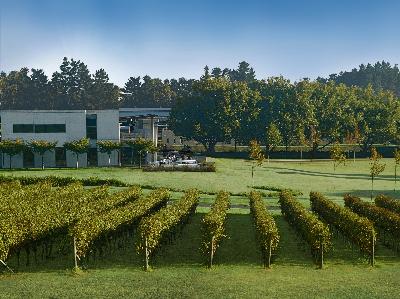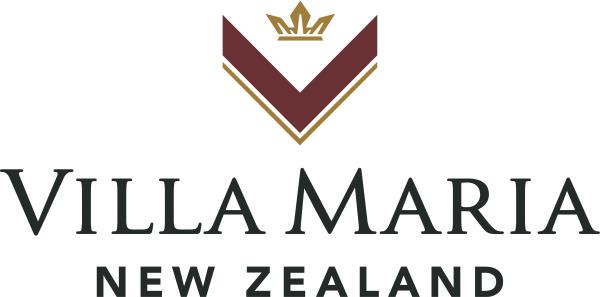
Energy is an area of particular focus for Villa Maria. We have a long history of minimising power usage, pioneering heat recovery systems at our Marlborough winery in the late 1990’s which are now also used in our Auckland Winery. These systems take waste heat from the refrigeration plant and store it for use in winemaking: warming grape juice prior to and during fermentation, heating hot water tanks, and warming the wine before it’s bottled. These heat recovery plants significantly reduce total energy consumption. Running significant operations in two different parts of the country is an energy-intensive exercise. So Villa Maria — with state of the art wineries in both Auckland and Marlborough — looks to reduce energy usage wherever it can.
Maintaining the quality of stored bottled wine requires management of the ambient temperature. Rather than installing a large air conditioning plant, Villa Maria has opted to use night air cooling in the Auckland winery. Naturally cool night air is imported into the warehouse where the stored wine traps it like a giant “chilly pack”, maintaining optimum temperatures even during the summer heat.
The wineries are also designed to use natural light as a source of daytime illumination wherever practical throughout the working areas. Along with significant energy savings, this creates a much friendlier environment for staff.
In 2010 Villa Maria became the first major New Zealand wine producer to achieve CEMARS (Certified Emissions Management and Reduction Scheme) Certification. Through this programme, we produce and implement an annual Emissions Reduction Plan to measure, report and reduce our carbon emissions. We also encourage our suppliers to reduce their carbon emissions and assess environmental impacts when reviewing all tenders and purchases. In the case of our glass bottle supplier we actively worked with them to reduce the weight of our wine bottles, which lowered emissions for both production and freight.
Villa Maria has an active programme to reduce what the company sends to landfill. This includes the ACE programme for reducing waste, and recycling as much packaging, paper, plastic and glass leftover material as possible. In addition, grape waste is either used as cattle and deer food or composted, and food waste from the Auckland cafeteria and restaurant feeds a commercial size worm farm. The company has recently introduced a weighing system at its Auckland winery that weighs any waste that is not recycled to enable meaningful reduction targets to be set.
In its own operations, Villa Maria has been successful in achieving a reduction in greenhouse gases of 11% per bottle since 2010; and we will continue to track downwards with further reduction initiatives being implemented.




